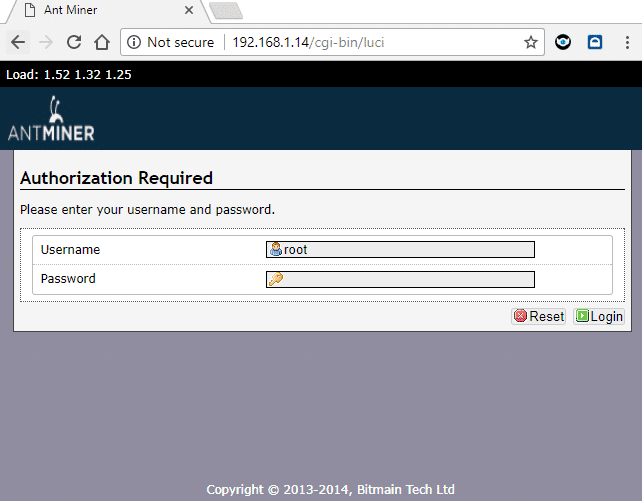Bitcoin Mining for Beginners – Episode 6: ASIC Miners
When we last left off, I was sharing my experiences with purchasing my first ASIC miner. Before continuing, I highly recommend reading my previous article here. Bitcoin Mining for Beginners is a complicated topic with lots of moving parts.
Writer’s Note: This article was heavily delayed due to the holidays and unexpected health issues. I’m very well now, but the past month has been very trying. I thank you all in advance for your understanding.
Miner Configuration
The miner I ordered from eBay had arrived, and I had begun the process of configuring the ASIC for mining Bitcoin. Yes, you can mine other SHA-256 cryptocurrencies with ASIC miners designed for mining Bitcoin. But that is a topic for another day.
As previously mentioned, I reset the device, connected a power supply, and connected the miner to the network via Ethernet. From this point, one is required to enter the web-based configuration interface by entering the IP address of the miner into a browser. One then enters the username and password, which should be the default account on the device if the reset process was done correctly.
Since I was using a Bitmain Antminer S3+ as my first foray, the default username and password were “root.” If you’re running a different device, your default credentials may vary. Please consult documentation for your device to verify. You may have to do some digging online if you’re using an older ASIC to test the waters, much the way I did when I began.

ASIC Web Configuration Interface
A very important step in locating your miner on the network is knowing whether or not the device will use DHCP or a static (pre-programmed) IP address. This should be documented with the ASIC device itself, but if you’re using older generation hardware like me, you may receive your miner without documentation. If this happens, you may have to perform more in-depth research and fact-finding on the web. You will also require the use of an IP scanning tool, such as Angry IP Scanner.

Angry IP Scanner
Defective ASIC?
After all configuration steps were complete, I was then tasked with configuring my ASIC miner for mining. As documented in previous editions of this series, one should have an account setup with both a mining pool and an online wallet. That’s Bitcoin Mining for Beginners 101 — establish how and when and why you get paid!
So I had all of my information in hand, including links, port numbers, and login credentials for my mining pool. I then entered that information into the ASIC’s configuration interface, and voila! I was actively mining!
But…
After 12 hours of mining, my device stopped mining suddenly. I attempted to access the web interface, to no avail. I tried power cycling. Nothing. I tried resetting the device to being anew. Nothing. The device was simply not responding or working correctly at all. I was at a total loss.
Buyer Beware!
We all know that buying used tech on eBay is a perilous experience. You can never be sure if what you’re buying is as described. You can also never be certain that a seller will provide good support after a transaction is complete. This is especially true in the world of used mining equipment – every item has a tagline that states something along the line of “due to the nature of cryptocurrency, this item is sold as-is without warranty.” Not very comforting when dealing with a $250 doorstop. Then are the examples of eBay sellers shipping goods only to have empty boxes arrive – or eBay buyers keeping ASIC miners then filing false claims and shipping back empty boxes. No Bitcoin Mining for Beginners guide would be complete without this ample warning to the perils of buying bitcoin miners on eBay.
Fortune smiled on me, however, as the seller I had chosen to do business with was highly rated. This seller responded to my initial questions about the defunct miner within 8 hours, and they offered me a deal I couldn’t refuse. They not only refunded my miner in full, but they sold me a new miner for the ridiculously low price of $60. They were trying to do right by me, as they said in their reasoning for doing so. I was giddy, to put it lightly.
The new miner arrived after a couple of weeks. I plugged everything in and repeated all of the aforementioned configuration steps, and voila! It was working. I held my enthusiasm for a couple of days, to ensure I wasn’t dealing with another DOA miner. This time, however, fortune smiled upon me. yet again. This miner is still working to this day.

My First ASIC Bitcoin Miner
About the Defunct Miner
At this point, you may be wondering what happened to the dead miner. I wasn’t required to send it back, per the seller. So what now? Well, I decided that I should take this learning experience to the next level and try to repair the device. Bitcoin Mining for Beginners is an ongoing series.
Stay tuned to this space for my adventures in ASIC miner repair!










